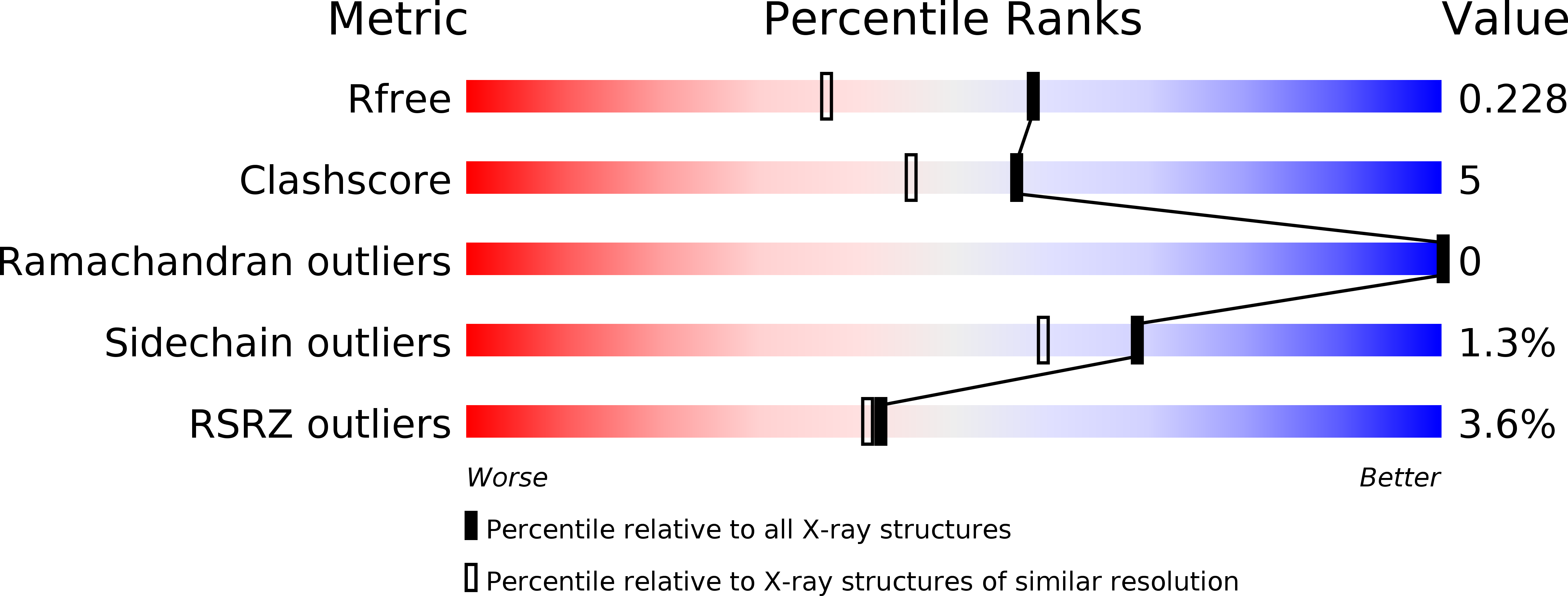
Deposition Date
2020-01-17
Release Date
2020-04-22
Last Version Date
2024-01-24
Entry Detail
PDB ID:
6XUB
Keywords:
Title:
Structure of coproheme decarboxylase from Corynebacterium diphteriae in complex with monovinyl monopropionyl deuteroheme
Biological Source:
Source Organism:
Corynebacterium diphtheriae (Taxon ID: 1717)
Host Organism:
Method Details:
Experimental Method:
Resolution:
1.78 Å
R-Value Free:
0.22
R-Value Work:
0.17
R-Value Observed:
0.17
Space Group:
P 1 21 1


